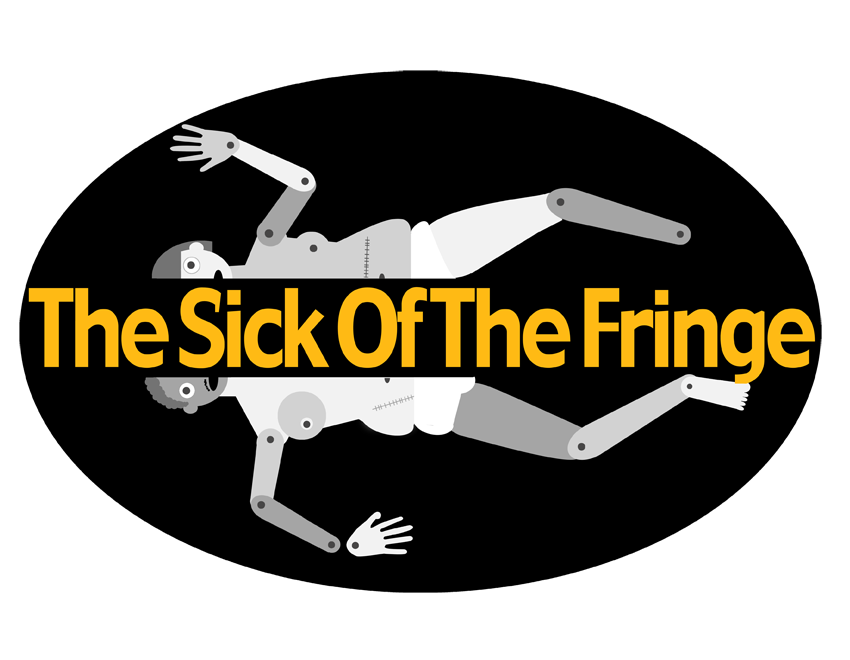Tell Me Anything delivers a refreshing and profound take on the enduring discourse surrounding mental illness. The narrative focuses on performer David Ralfe and flashes back to his relationship with Kate, his girlfriend at 15 years old. Diagnosed as atypically anorexic, Kate is physically absent from the story, as we are led to believe she, and many like her, try to become physically absent from reality, by starving themselves. As 'Thinspiration' becomes a pre-pubescent lifestyle choice it’s impossible to avoid this epidemic of female self-harm. Watching the recent Netflix phenomena Stranger Things, it seemed terrifyingly unsurprising there is a Proana discussion devoted to the unnaturally thin Natalia Dyer.
David is tormented by Kate’s illness and its profound effect on their relationship. With a Dolphin strapped to his back he recites the mantra Warmth, Guidance, Gentle Nudging as a coping strategy to help him thought the lies and vomit scented snogging. Young love beset by constant struggle ultimately takes its toll on David and our honest and reliable narrator reveals his present mental health struggles.
Kate's parents are uninterested and like Joan Bakewell’s recent controversial and unhelpful statement, infer that anorexia is fundamentally narcissism. This leaves the burden of support on an increasingly unstable David: we feel his instability as he physically stumbles through a small collection of cardboard tubes. He grasps at them as they fall over and he tries to fix them, just like he is trying to fix Kate, to save her from herself.
NHS Mental Health funding is bound to suffer no matter what was written on the Brexit battle bus, there are no quick solutions to the rise of the mental health crisis brought on by years of austerity but Tell Me Anything manages to engage the audience with determination and commitment.
- Lucy Orr
Tell Me Anything is on at 17.45 at Summerhall (Venue 26) until August 28th. See venue for Accessibility information, Suitability: 14+ (Guideline). https://tickets.edfringe.com/whats-on/tell-me-anything
NHS mental health funding is still lagging behind, says report: https://www.theguardian.com/society/2016/may/09/nhs-mental-health-funding-is-still-lagging-behind-says-report
My Battle With Anorexia | Dave Chawner | TEDxClapham: https://www.youtube.com/watch?v=lqbL-UhhyPk
Eating Disorders from the Inside Out: Laura Hill at TEDxColumbus: https://www.youtube.com/watch?v=UEysOExcwrE
Ruby Wax:What's so funny about mental illness?: https://www.ted.com/talks/ruby_wax_what_s_so_funny_about_mental_illness






